

| Home page - Minerals | Friends of Minerals Forum | Feedback Form | Search |
|
| Back to the Index of the Reference Specimens |
Photos by Fabre Minerals. Under Creative Commons license
This page provides a selection of the specimens that have passed through the Fabre Minerals website and, due to their quality,
rarity, or significance as specimens from interesting locations, have been preserved as reference specimens in #MVM
In 1994 at the Barra do Salinas Mine they found some Elbaite with interesting features. Thin crystals that started life red and then in their second phase of growth were a very gemmy green. The second phase was also thicker, giving riser to the form that is known as a scepter.
We were able to obtain a lot of these Elbaites that were kept back by a private collector and taken to Tucson, where they were then available for purchase. As you can see the quality is very high and they are certainly beautiful.
| Sceptered Elbaite | |||||||||
|---|---|---|---|---|---|---|---|---|---|
|
|
||||||||
| Elbaite | |||||||||
|---|---|---|---|---|---|---|---|---|---|
|
| ||||||||
A special find of unusual tricolored Elbaites (Tourmalines) from Brazil. As you can see in the photos the color varies between red-yellow-green. The crystals are totally gemmy, and all of them are very nice. The crystals are not complete at the bottom but their tips are perfect.
| Tricolor Elbaite | |||||
|---|---|---|---|---|---|
| 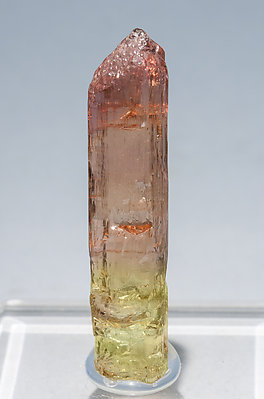 |
||||
| Tricolor Elbaite | |||||
|---|---|---|---|---|---|
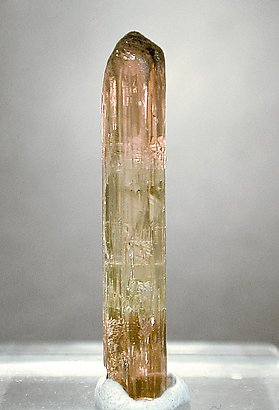 |
| ||||
| Tricolor Elbaite | |||||
|---|---|---|---|---|---|
| 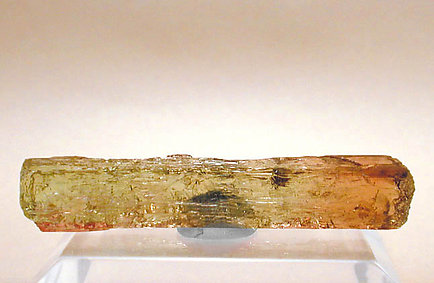 |
||||
| Gold with Quartz | |||||
|---|---|---|---|---|---|
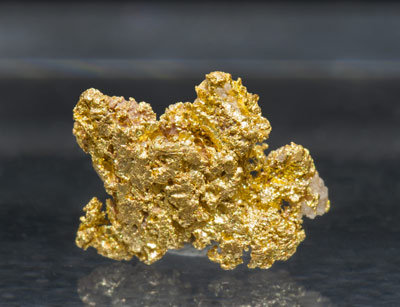 |
| ||||
| Gold with Quartz | |||||
|---|---|---|---|---|---|
| 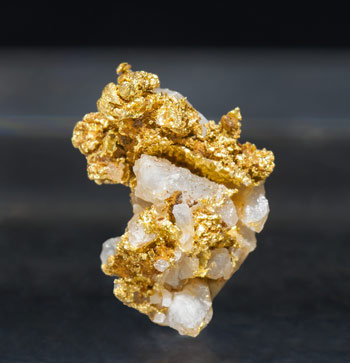 |
||||
| Gold with Quartz | |||||
|---|---|---|---|---|---|
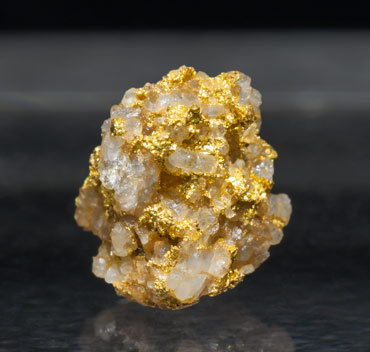 |
| ||||
| Gold with Quartz | |||||
|---|---|---|---|---|---|
| 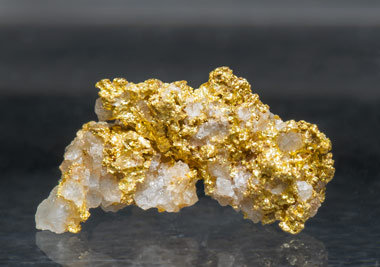 |
||||
| Gold with Quartz | |||||
|---|---|---|---|---|---|
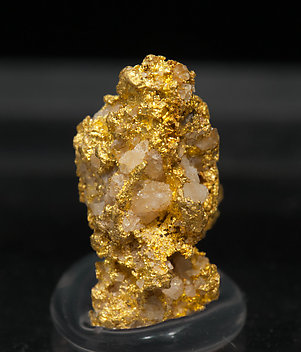 |
| ||||
| Gold | |||||||||
|---|---|---|---|---|---|---|---|---|---|
|
|
||||||||
| Gold with Quartz | |||||||||
|---|---|---|---|---|---|---|---|---|---|
|
| ||||||||
| Gold | |||||||||
|---|---|---|---|---|---|---|---|---|---|
|
|
||||||||
| Gold | |||||||||
|---|---|---|---|---|---|---|---|---|---|
|
| ||||||||
| Gold | |||||||||
|---|---|---|---|---|---|---|---|---|---|
|
|
||||||||
| Gold | |||||||||
|---|---|---|---|---|---|---|---|---|---|
|
| ||||||||
| Gold | |||||||||
|---|---|---|---|---|---|---|---|---|---|
|
|
||||||||
| Gold | |||||||||
|---|---|---|---|---|---|---|---|---|---|
|
| ||||||||
| Gold | |||||||||
|---|---|---|---|---|---|---|---|---|---|
|
|
||||||||
| Gold | |||||||||
|---|---|---|---|---|---|---|---|---|---|
|
| ||||||||
| Gold | |||||||||
|---|---|---|---|---|---|---|---|---|---|
|
|
||||||||
| Gold | |||||||||
|---|---|---|---|---|---|---|---|---|---|
|
| ||||||||
| Gold | |||||||||
|---|---|---|---|---|---|---|---|---|---|
|
|
||||||||
| Gold | |||||||||
|---|---|---|---|---|---|---|---|---|---|
|
| ||||||||
| Gold | |||||||||
|---|---|---|---|---|---|---|---|---|---|
|
|
||||||||
| Gold | |||||||||
|---|---|---|---|---|---|---|---|---|---|
|
| ||||||||
| Gold | |||||||||
|---|---|---|---|---|---|---|---|---|---|
|
|
||||||||
| Hureaulite | |||||||||
|---|---|---|---|---|---|---|---|---|---|
|
| ||||||||
| Hureaulite with Rockbridgeite | |||||
|---|---|---|---|---|---|
| 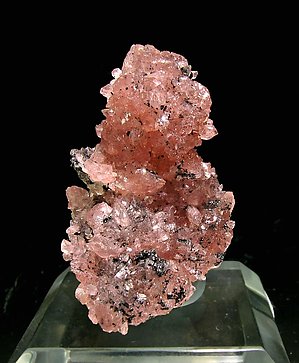 |
||||
| Hureaulite with Correianevesite and Rockbridgeite | |||||||||
|---|---|---|---|---|---|---|---|---|---|
|
| ||||||||
| Hureaulite with Rockbridgeite | |||||||||
|---|---|---|---|---|---|---|---|---|---|
|
|
||||||||
| Hureaulite with Strengite | |||||||||
|---|---|---|---|---|---|---|---|---|---|
|
| ||||||||
| Hureaulite with Strengite | |||||||||
|---|---|---|---|---|---|---|---|---|---|
|
|
||||||||
| Hureaulite with Correianevesite, Rockbridgeite and Strengite | |||||||||
|---|---|---|---|---|---|---|---|---|---|
|
| ||||||||
| Hureaulite with Rockbridgeite and Strengite | |||||||||
|---|---|---|---|---|---|---|---|---|---|
|
|
||||||||
| Hydroxylapatite with Orthoclase | |||||
|---|---|---|---|---|---|
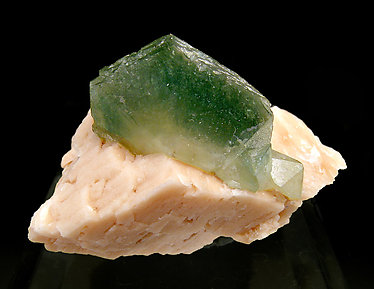 |
| ||||
| Hydroxylapatite with Quartz and Orthoclase | |||||
|---|---|---|---|---|---|
| 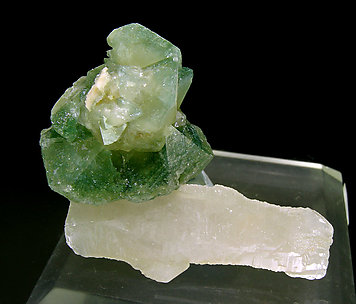 |
||||
| Hydroxylapatite with Orthoclase | |||||
|---|---|---|---|---|---|
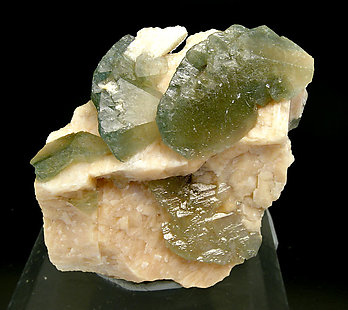 |
| ||||
| Hydroxylapatite with Orthoclase | |||||||||
|---|---|---|---|---|---|---|---|---|---|
|
|
||||||||
| Ludlamite with Siderite | |||||
|---|---|---|---|---|---|
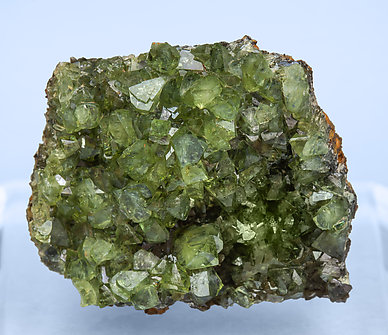 |
| ||||
| Ludlamite with Siderite | |||||
|---|---|---|---|---|---|
| 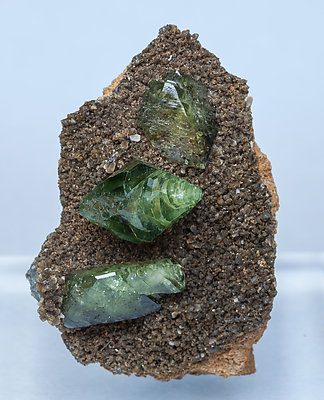 |
||||
| Ludlamite with Siderite | |||||||||
|---|---|---|---|---|---|---|---|---|---|
|
| ||||||||
| Ludlamite with Siderite | |||||||||
|---|---|---|---|---|---|---|---|---|---|
|
|
||||||||
| Ludlamite with Siderite | |||||||||
|---|---|---|---|---|---|---|---|---|---|
|
| ||||||||
| Quartz | |||||||||
|---|---|---|---|---|---|---|---|---|---|
|
|
||||||||
| Quartz with Rutile inclusions | |||||||||
|---|---|---|---|---|---|---|---|---|---|
|
| ||||||||
| Quartz (variety smoky) with inclusions and Chlorite | |||||||||
|---|---|---|---|---|---|---|---|---|---|
|
|
||||||||
| Quartz (variety smoky) with inclusions and Chlorite | |||||||||
|---|---|---|---|---|---|---|---|---|---|
|
| ||||||||
| Quartz (variety rose quartz) on Quartz (variety smoky) | |||||||||
|---|---|---|---|---|---|---|---|---|---|
|
|
||||||||
| Quartz (variety smoky) with inclusions and Chlorite | |||||
|---|---|---|---|---|---|
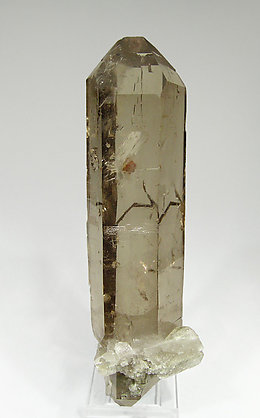 |
| ||||
| Quartz (variety smoky quartz) | |||||
|---|---|---|---|---|---|
| 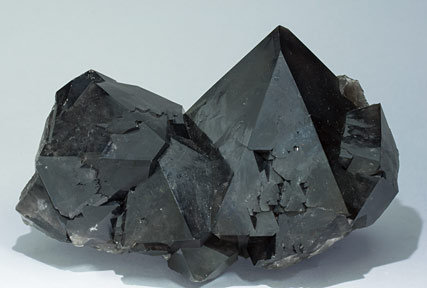 |
||||
| Quartz (variety rose quartz) | |||||||||
|---|---|---|---|---|---|---|---|---|---|
|
| ||||||||
| Quartz (variety rose) with Quartz | |||||
|---|---|---|---|---|---|
| 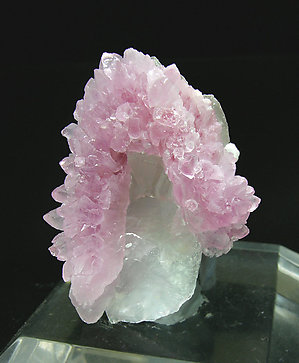 |
||||
| Quartz (variety rose) | |||||
|---|---|---|---|---|---|
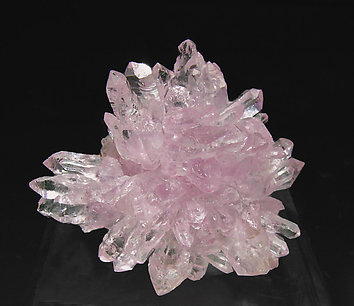 |
| ||||
| Quartz (variety rose) | |||||
|---|---|---|---|---|---|
| 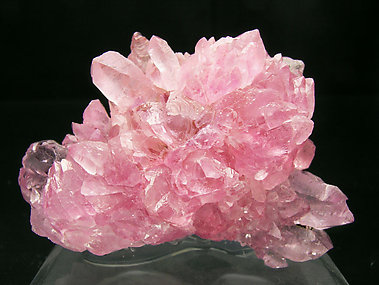 |
||||
| Quartz (variety smoky) | |||||||||
|---|---|---|---|---|---|---|---|---|---|
|
| ||||||||
| Quartz (variety rose quartz) with Quartz | |||||||||
|---|---|---|---|---|---|---|---|---|---|
|
|
||||||||
| Quartz (variety rose quartz) on Quartz (variety smoky quartz) | |||||||||
|---|---|---|---|---|---|---|---|---|---|
|
| ||||||||
| Quartz (variety rose quartz) with Eosphorite | |||||||||
|---|---|---|---|---|---|---|---|---|---|
|
|
||||||||
| Quartz (variety rose) | |||||||||
|---|---|---|---|---|---|---|---|---|---|
|
| ||||||||
| Quartz (variety rose quartz) | |||||||||
|---|---|---|---|---|---|---|---|---|---|
|
|
||||||||
| Quartz (variety rose) on Quartz and Mica | |||||||||
|---|---|---|---|---|---|---|---|---|---|
|
| ||||||||
| Quartz (variety rose quartz) | |||||||||
|---|---|---|---|---|---|---|---|---|---|
|
|
||||||||
| Quartz (variety rose) with Quartz and Eosphorite | |||||||||
|---|---|---|---|---|---|---|---|---|---|
|
| ||||||||
| Eosphorite on Quartz (variety rose) | |||||
|---|---|---|---|---|---|
| 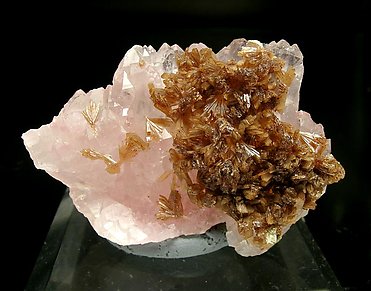 |
||||
| Eosphorite on Quartz with Feldspar | |||||||||
|---|---|---|---|---|---|---|---|---|---|
|
| ||||||||
| Eosphorite with Quartz (variety rose) | |||||||||
|---|---|---|---|---|---|---|---|---|---|
|
|
||||||||
| Eosphorite with Quartz, Quartz (variety rose) and Muscovite | |||||||||
|---|---|---|---|---|---|---|---|---|---|
|
| ||||||||
| Quartz (variety amethyst) scepter | |||||
|---|---|---|---|---|---|
| 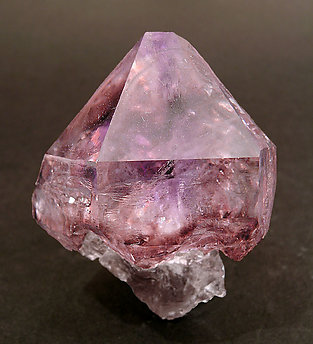 |
||||
| Quartz (variety amethyst) with Calcite | ||||||||
|---|---|---|---|---|---|---|---|---|
|
| |||||||
| Quartz (variety chalcedony) | |||||||||
|---|---|---|---|---|---|---|---|---|---|
|
|
||||||||
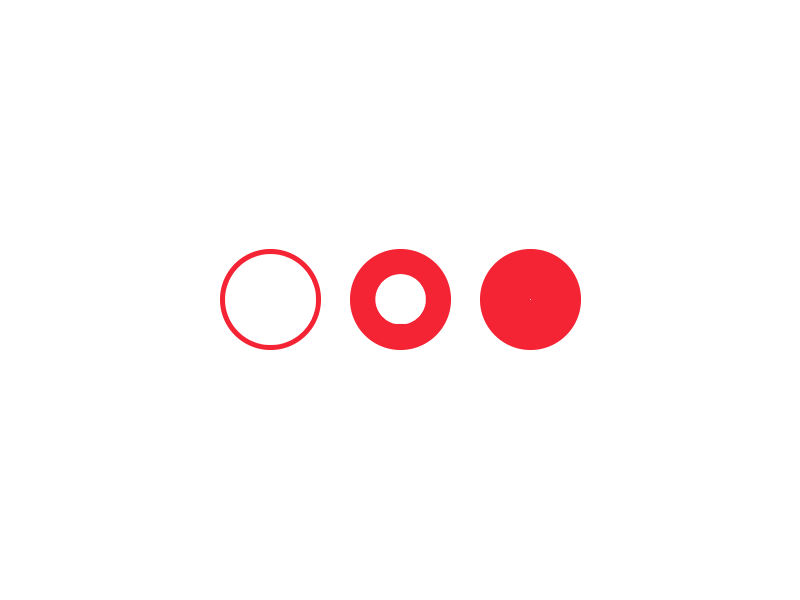
| Previous Page |
|||||||||||||||||||||||||||
|
|||||||||||||||||||||||||||
|
|||||||||||||||||||||||||||